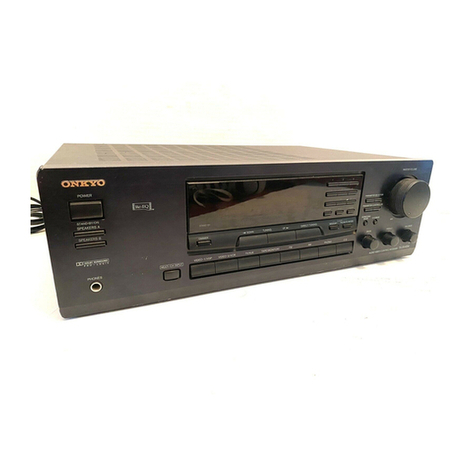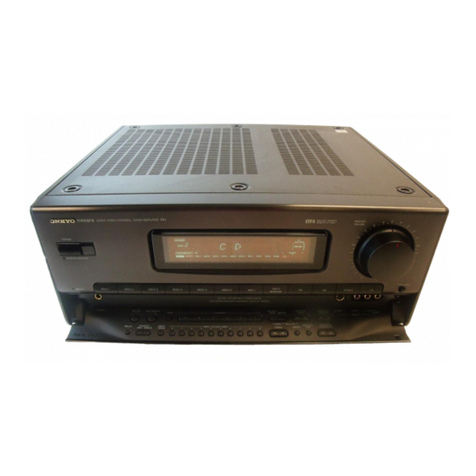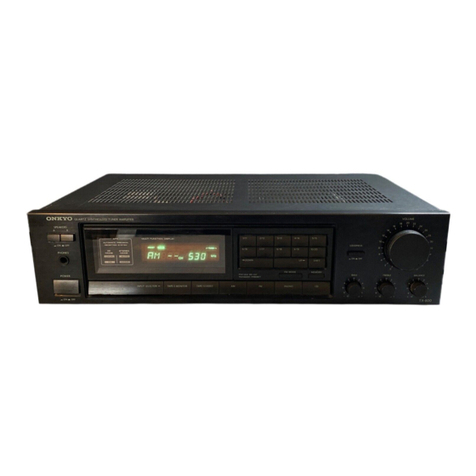Onkyo A-9210 User manual
Other Onkyo Amplifier manuals
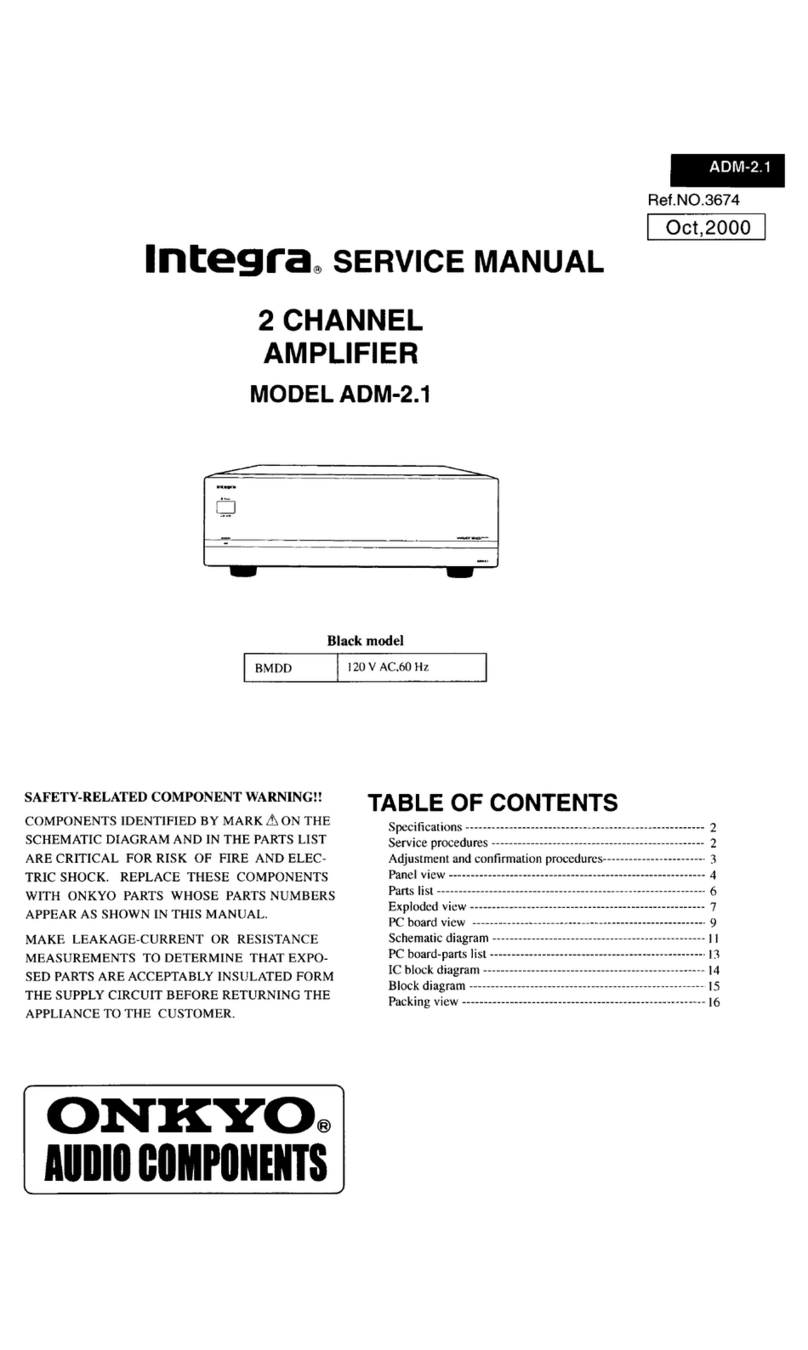
Onkyo
Onkyo Integra ADM-2.1 User manual

Onkyo
Onkyo P-3060R User manual
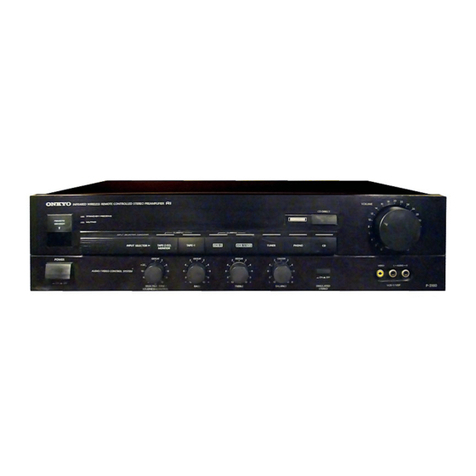
Onkyo
Onkyo P-3160 User manual
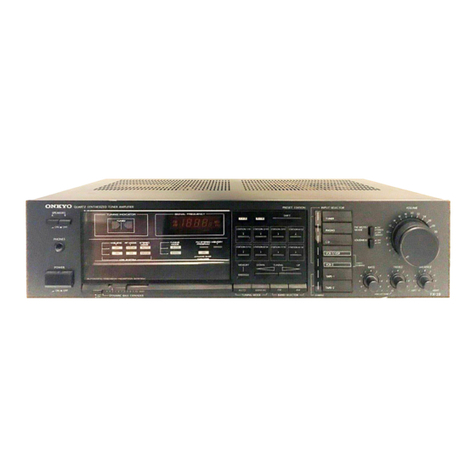
Onkyo
Onkyo TX28 User manual
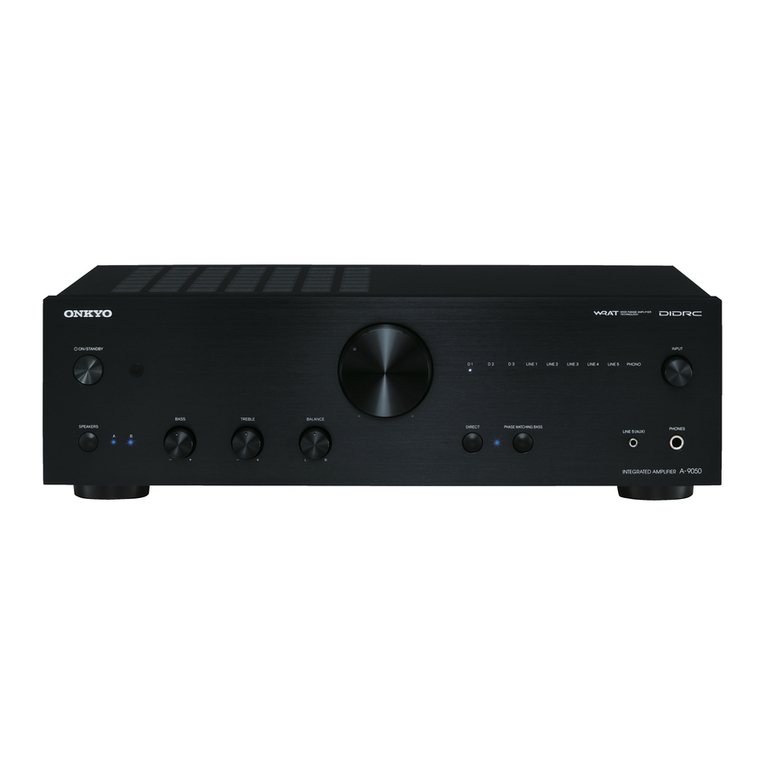
Onkyo
Onkyo A-9050 User manual
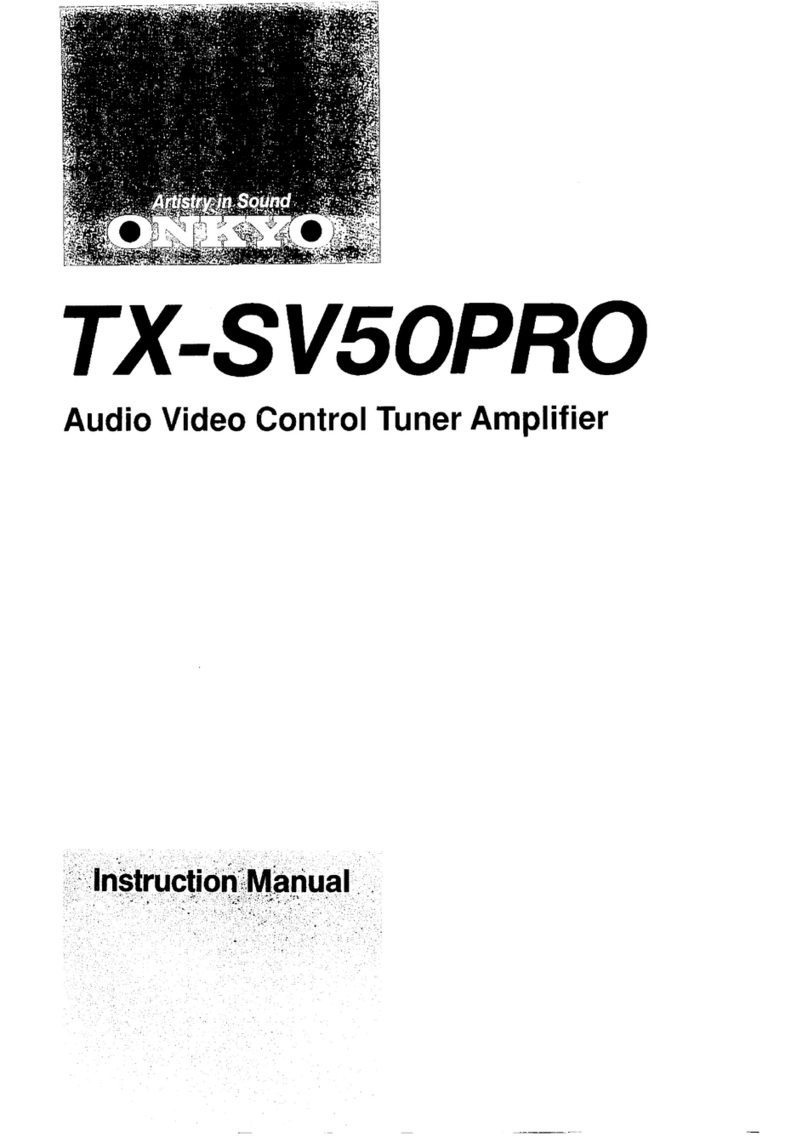
Onkyo
Onkyo TX-SV50PRO User manual

Onkyo
Onkyo M-282 - Amplifier User manual
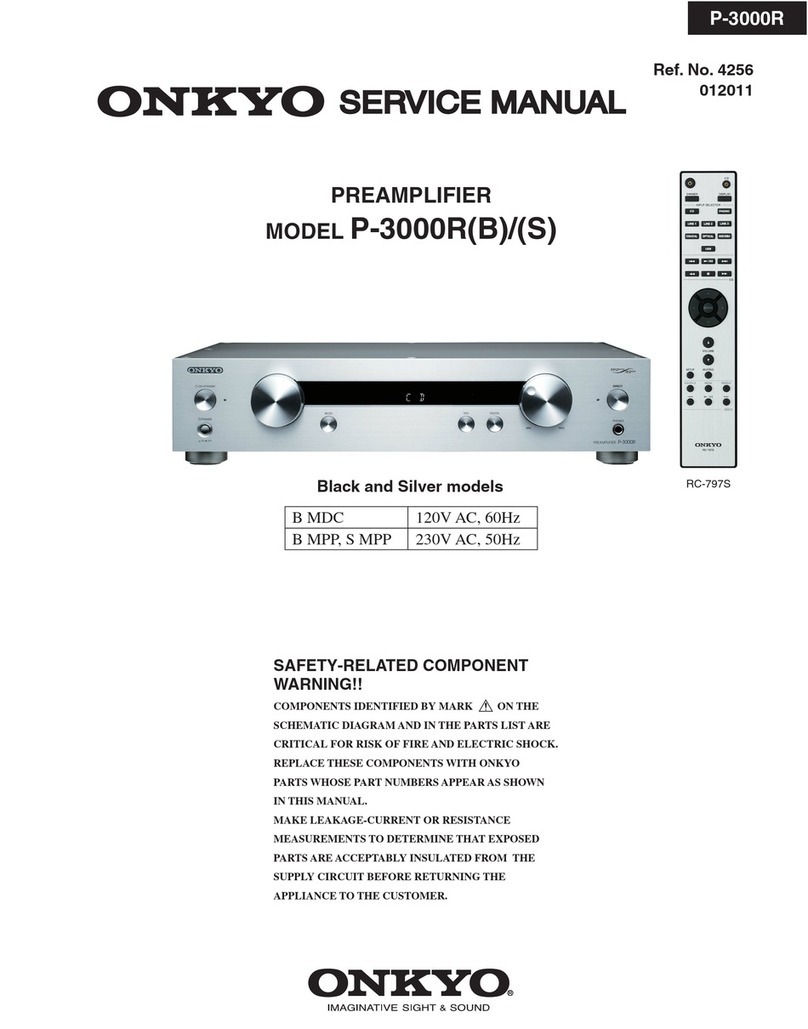
Onkyo
Onkyo P-3000R User manual

Onkyo
Onkyo TX-8211 User manual
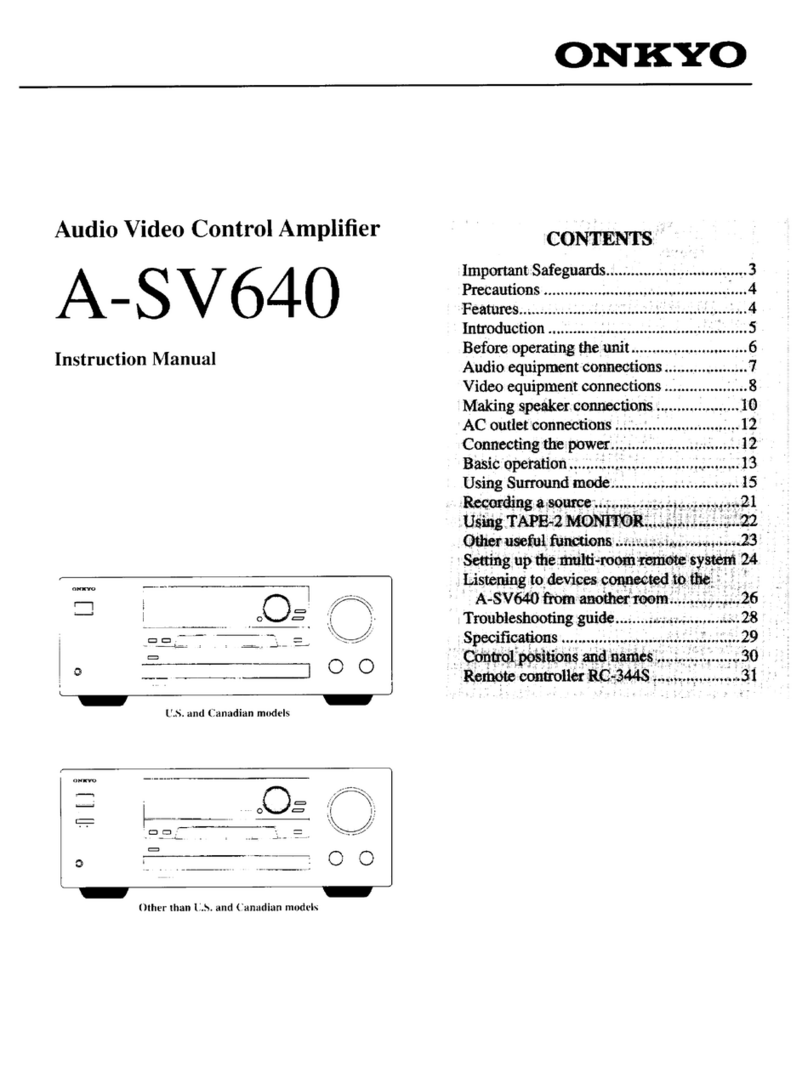
Onkyo
Onkyo AS-V640 User manual
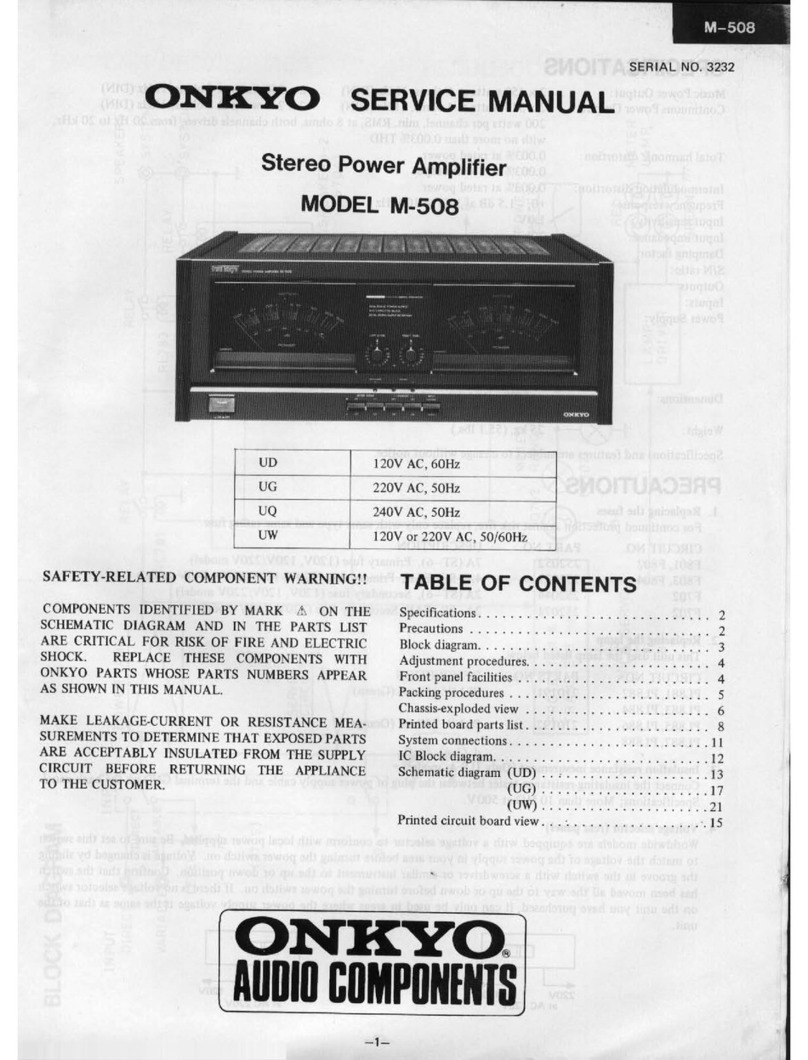
Onkyo
Onkyo M-508 User manual
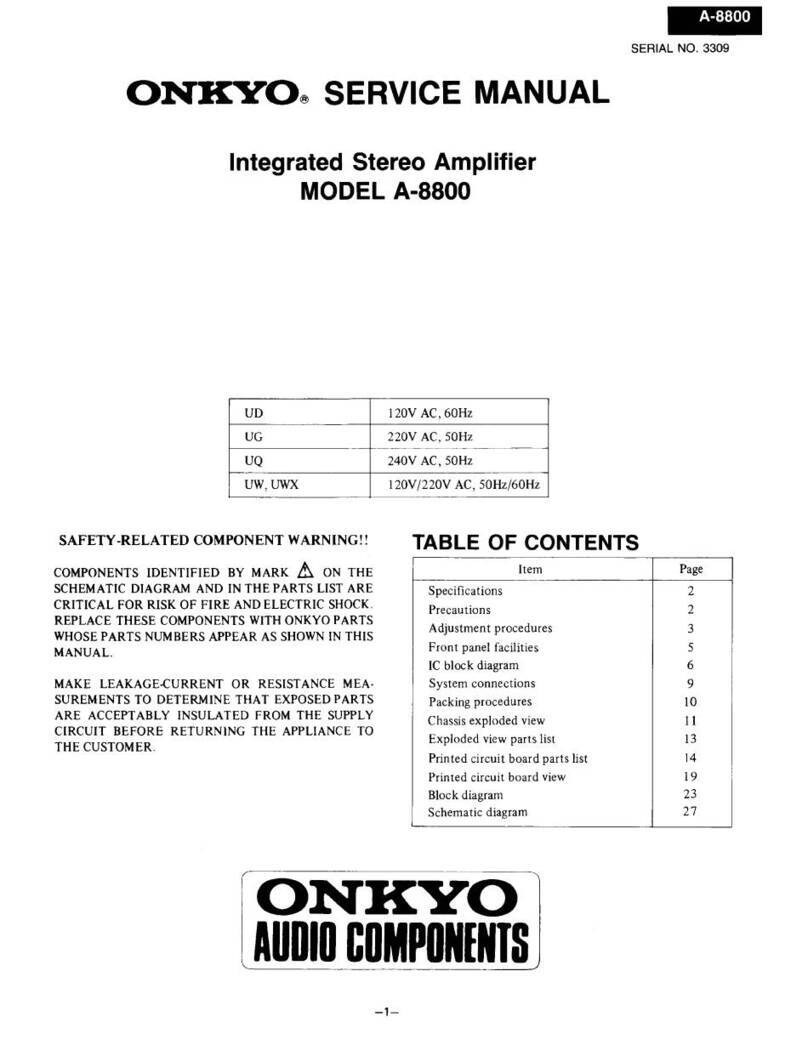
Onkyo
Onkyo A-8800 User manual
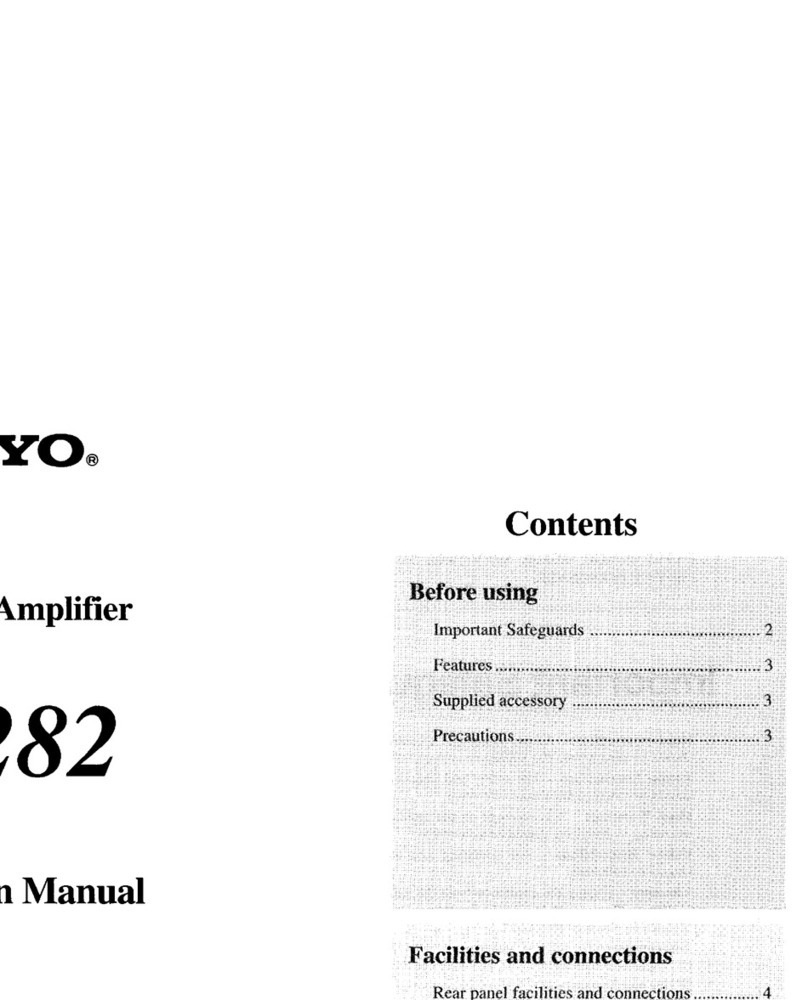
Onkyo
Onkyo M-282 - Amplifier User manual
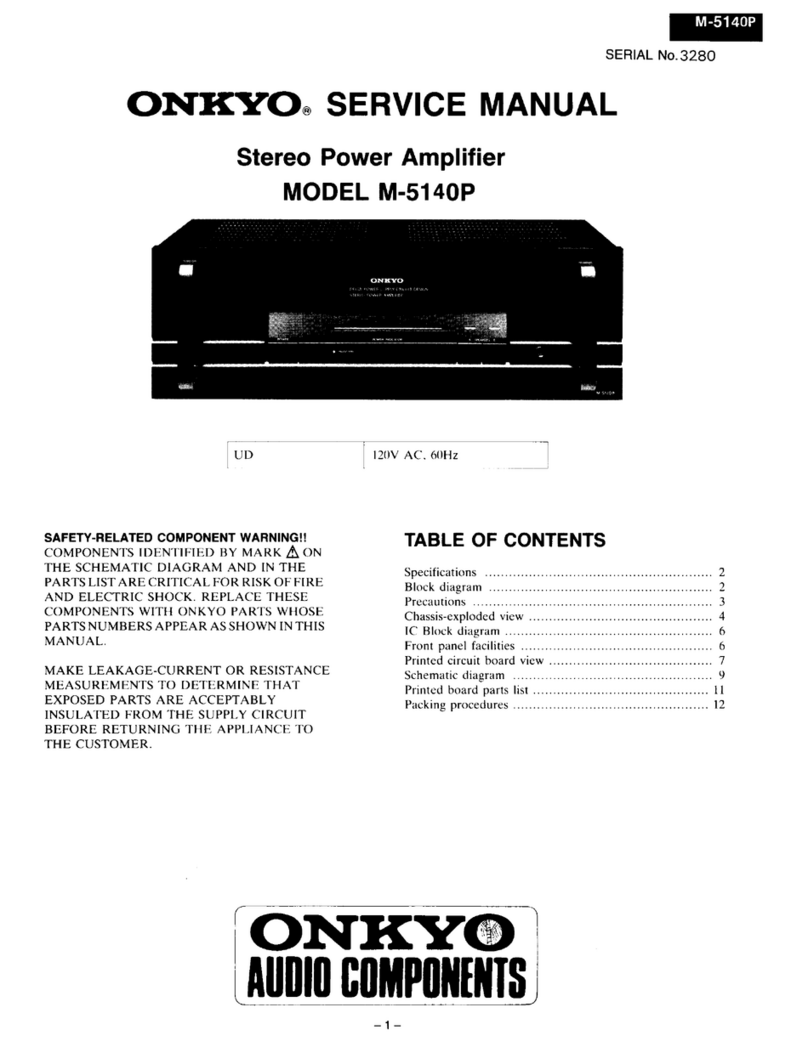
Onkyo
Onkyo M-5140P User manual
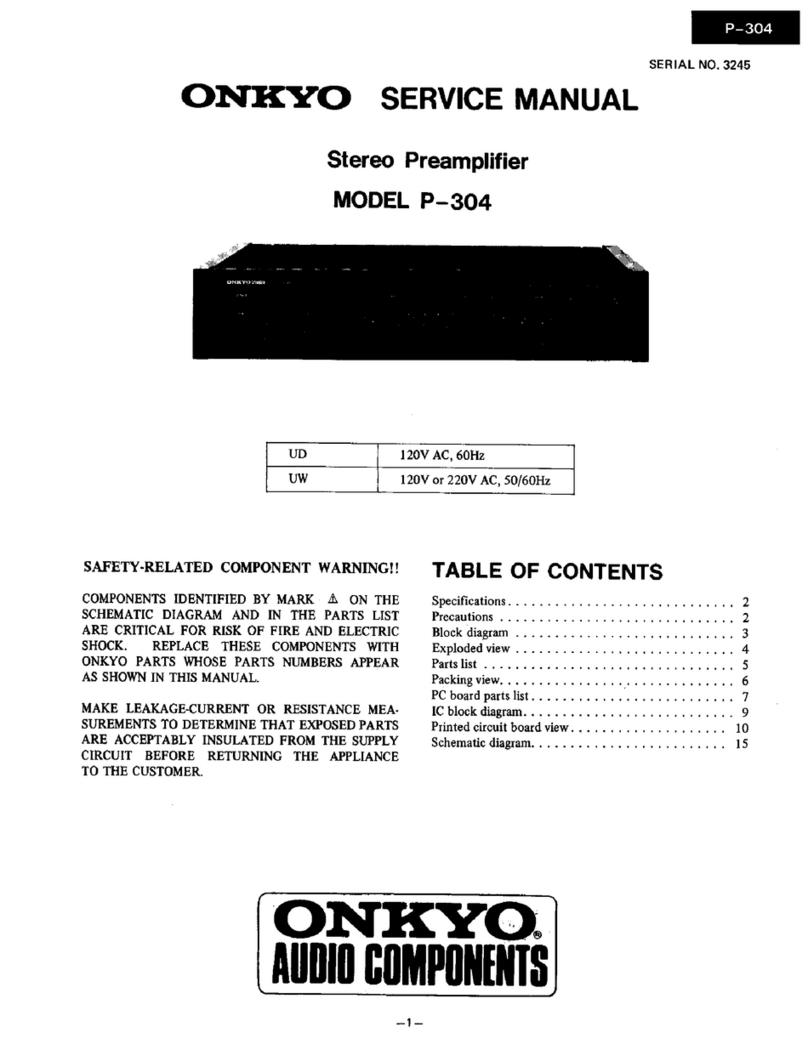
Onkyo
Onkyo P-304 User manual
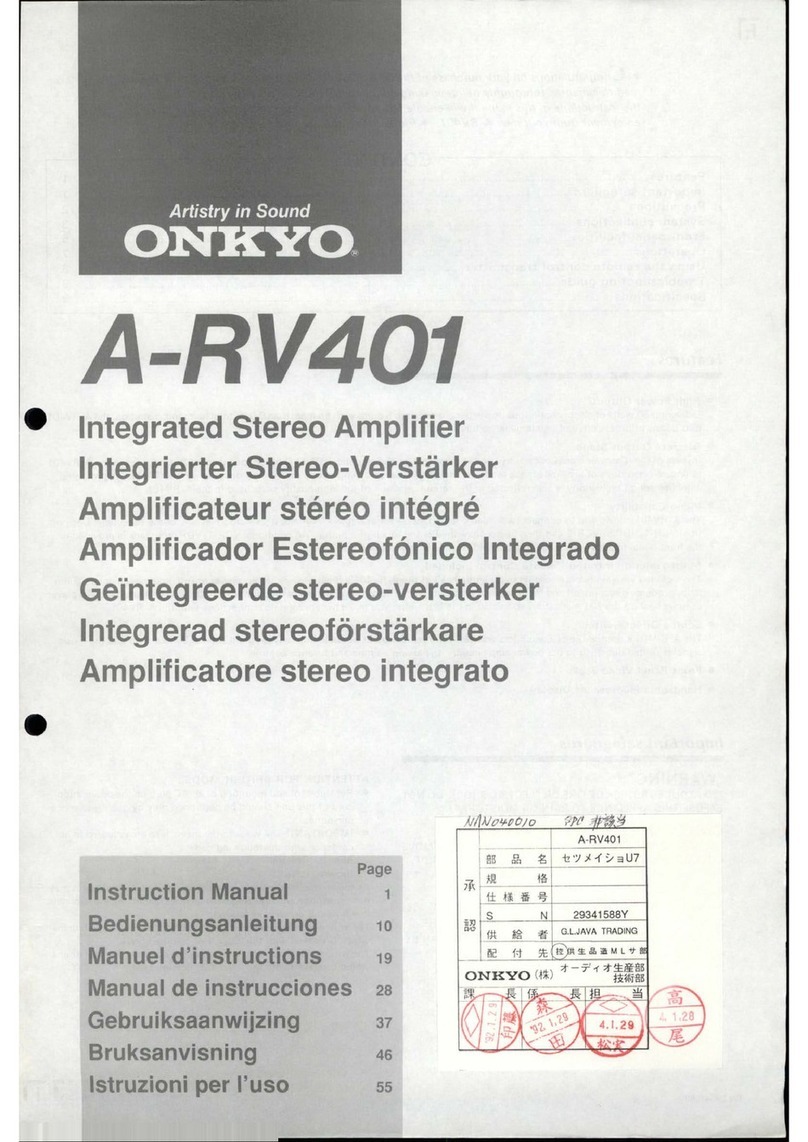
Onkyo
Onkyo A-RV401 User manual
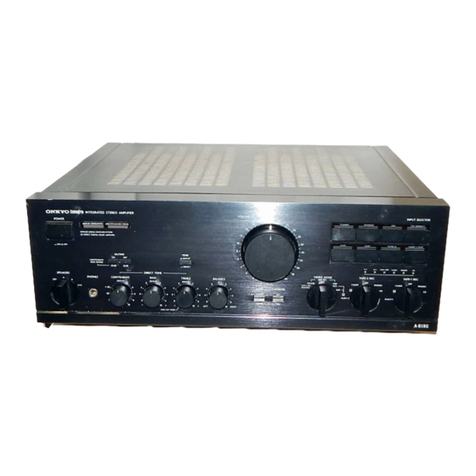
Onkyo
Onkyo A-8190 User manual

Onkyo
Onkyo A-8700 User manual
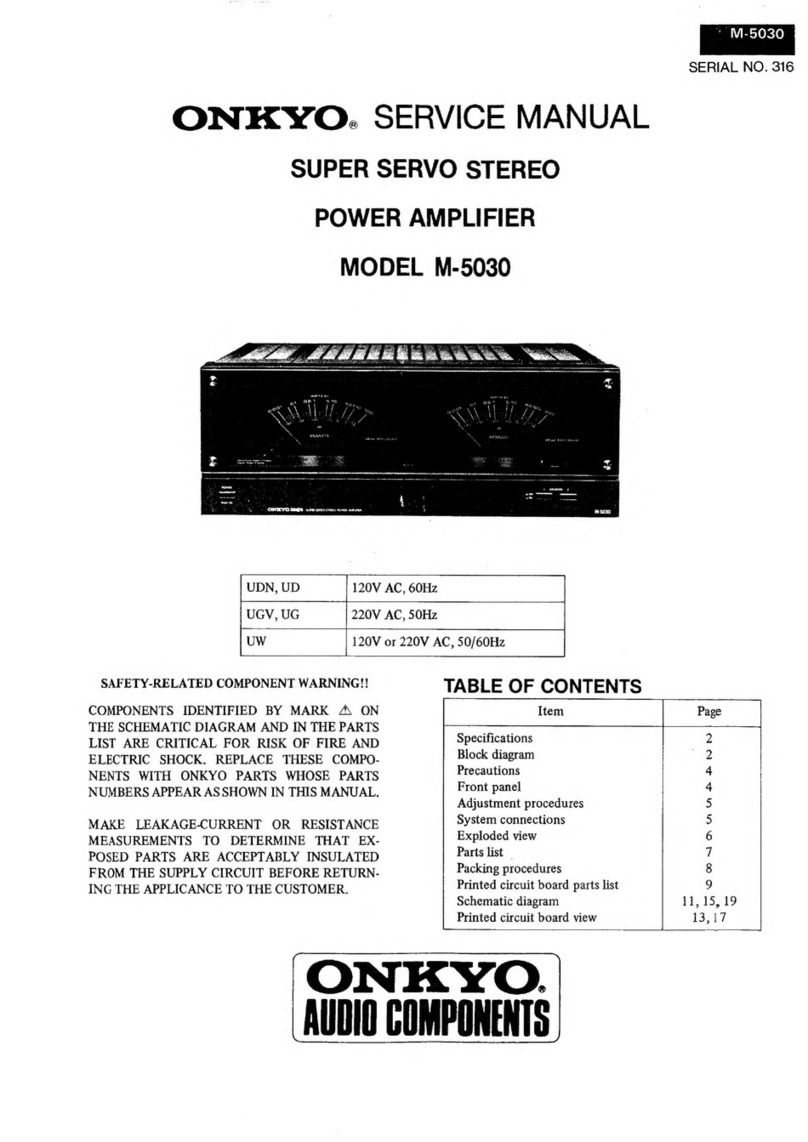
Onkyo
Onkyo M-5030 User manual

Onkyo
Onkyo A-SV610PRO User manual
